Years 3 and 4
In Years 3 and 4, learning in The Arts builds on the experience of the previous band. It involves students making and responding to artworks independently and collaboratively with their classmates and teachers.
As they experience The Arts, students draw on artworks from a range of cultures, times and locations. They explore the arts of Aboriginal and Torres Strait Islander Peoples and of the Asia region and learn that they are used for different purposes. While the arts in the local community should be the initial focus for learning, students are also aware of and interested in the arts from more distant locations and the curriculum provides opportunities to build on this curiosity.
As they make and respond to artworks, students explore meaning and interpretation, elements and forms, and social and cultural contexts of the arts. They make personal evaluations of their own and others' artworks, making connections between their own artistic intentions and those of other artists.
Students continue to learn about safe practices in the arts and in their interactions with other artists. Their understanding of the role of the artist and the audience builds on their experience from the previous band. As an audience, students focus their attention on the artwork and respond to it. They consider why and how audiences respond to artworks.
In Years 3 and 4, students' awareness of themselves and others as audiences is extended beyond the classroom to the broader school context.
In Music, students:
- extend their understanding of the elements of music as they develop their aural skills
- match pitch and show the direction of a tune with gesture or drawings
- recognise difference between notes moving by step and by leap
- recognise and discriminate between rhythm and beat
- explore meaning and interpretation, forms, and elements including rhythm, pitch, dynamics and expression, form and structure, timbre and texture as they make and respond to music
- learn to listen as performers and as audience, extending their awareness of themselves and others as performers and as audience.
(source: www.australiancurriculum.edu.au)
Achievement Standard
By the end of Year 4, students describe and discuss similarities and differences between artworks they make and those to which they respond. They discuss how they and others organise the elements and processes in artworks.
Students collaborate to plan and make artworks that communicate ideas.
(source: www.australiancurriculum.edu.au)
Achievement Standard
By the end of Year 4, students describe and discuss similarities and differences between music they listen to, compose and perform. They discuss how they and others use the elements of music in performance and composition.
Students collaborate to improvise, compose and arrange sound, silence, tempo and volume in music that communicates ideas. They demonstrate aural skills by singing and playing instruments with accurate pitch, rhythm and expression.
(source: www.australiancurriculum.edu.au)
- Plus Plan
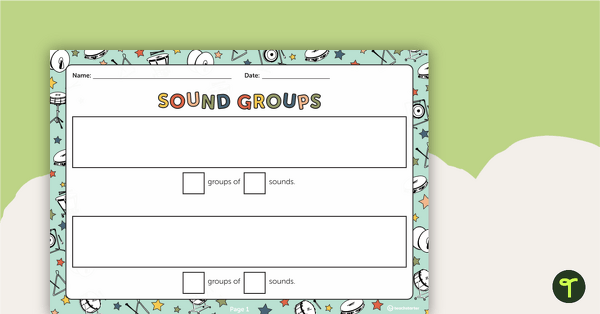
Sound Groups Worksheet
An engaging activity to consolidate understanding of groups and items within groups.
- Plus Plan
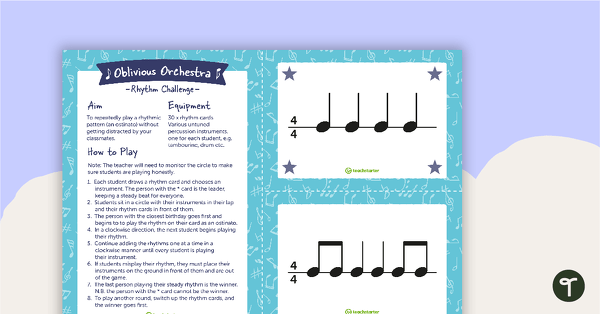
Oblivious Orchestra – Rhythm Challenge
A fun and challenging game where students try to keep a steady beat.
- Plus Plan
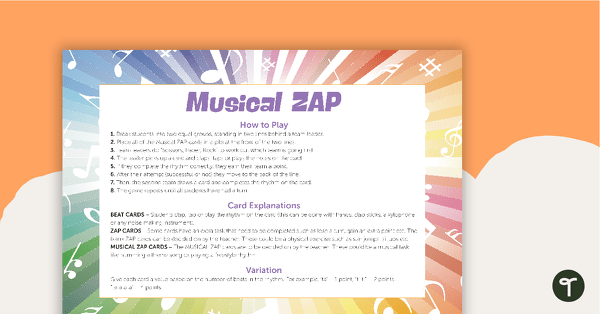
Musical ZAP Game - Notes with Rhythm Syllables
A fun group game to play when learning notes and rhythms.
- Plus Plan
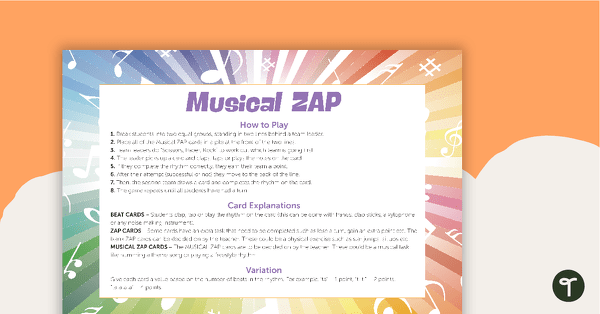
Musical ZAP Game
A fun group game to play when learning notes and rhythms.
- Plus Plan
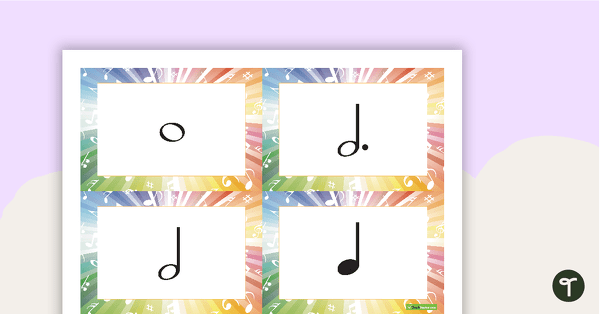
Music Flash Cards and Vocabulary Match-up
Match up the music symbols with the related word.
- Plus Plan
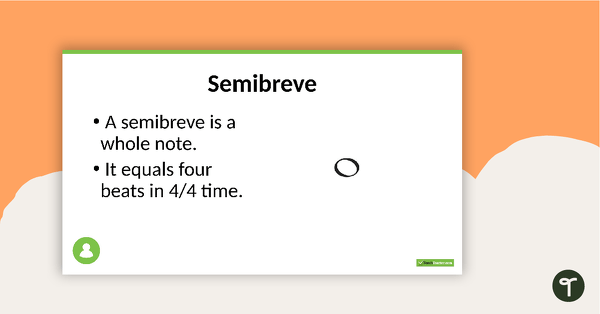
Music Symbols PowerPoint
A Microsoft PowerPoint presentation covering 15 common musical symbols.
- Plus Plan
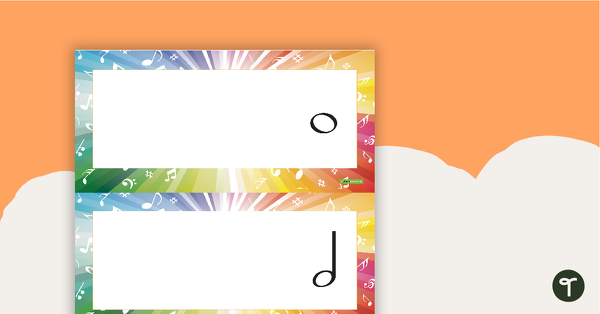
Music Symbols Vocabulary Word Wall
15 music related vocabulary word wall cards with associated musical symbols.